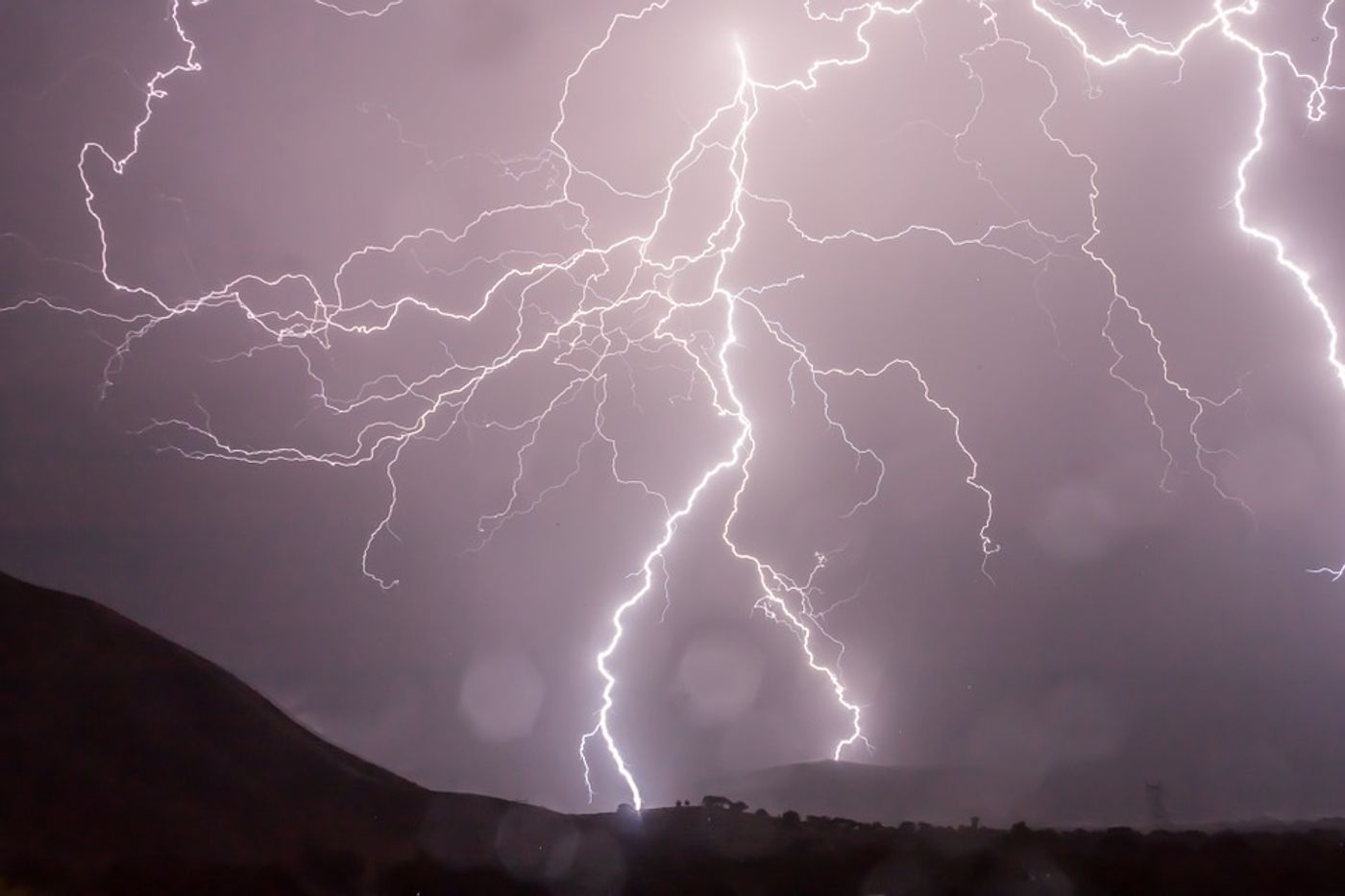The mystery behind superbolts
A study from the University of Washington reveals some of the mysterious processes behind superbolts, the highly powerful lightning bolts that release electrical energy of over 1 million Joules, a thousand times more energy than the average lightning bolt. The study was published recently in the Journal of Geophysical Research: Atmospheres.
The research was led by UW professor of Earth and Space Sciences, Robert Holzworth, who has dedicated his career to monitoring lightning. Although the normal season of lightning in the Southeast US is just ending, the season for superbolts begins in November and goes through February and their frequencies are distinctly different from normal lightning. Part of Holzworth’s research is trying to understand this distinction.
"It's very unexpected and unusual where and when the very big strokes occur," said Holzworth, who manages the World Wide Lightning Location Network. "Until the last couple of years, we didn't have enough data to do this kind of study.”
However, the data provided by the network’s nearly 100 lightning detection stations around the world has changed that. The detection stations allow researchers to compare readings in order to best triangulate a lightning bolt's size and location – superbolts included. By producing maps of the bolts from around the globe, incorporating 2 billion lightning strokes between the years 2010 and 2018, the UW team categorized approximately one in 250,000 strokes as superbolts.
They found that superbolts most commonly occur in the Mediterranean Sea, the northeast Atlantic and over the Andes. Smaller hotspots include east of Japan, in the tropical oceans and off of South Africa. Interestingly, reports Science Daily, superbolts usually strike over water, unlike normal lightning.
"The average stroke energy over water is greater than the average stroke energy over land -- we knew that," Holzworth said. "But that's for the typical energy levels. We were not expecting this dramatic difference."
Holzworth says that the reason for geographic differences as well as seasonal differences in regular lightning and superbolts is still unclear. "We think it could be related to sunspots or cosmic rays, but we're leaving that as stimulation for future research," Holzworth said. "For now, we are showing that this previously unknown pattern exists."
If you’d like to see what the data looks like in images, you can visit a visualization of the data at https://public.tableau.com/profile/uw.news#!/vizhome/Superbolts/Dashboard1.
Sources: Science Daily, Journal of Geophysical Research: Atmospheres









